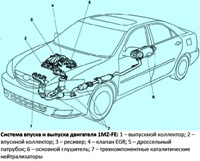Compression (pressure at the end of the compression stroke) in the cylinders is the most important indicator of the condition of the engine without disassembling it
According to the average value and the difference in values in individual cylinders, it is possible to accurately determine the degree of wear of the parts of the engine cylinder-piston group and identify its malfunctions and parts of the valve mechanism
Compression is checked with a special device - a compression tester
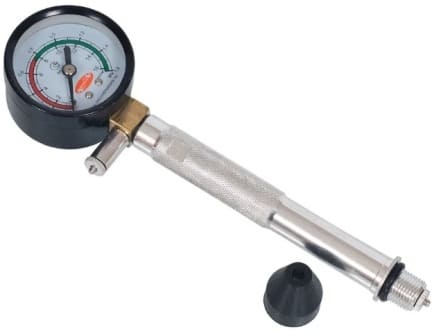
This is how the compression gauge looks like
There are compression gauges that have a rubber tip instead of a threaded fitting for screwing in instead of a spark plug
For the correct readings during the test, it is necessary that the starter and battery are in good condition
Start the engine and warm it up to operating temperature
We reduce the pressure in the engine power system, for this:
Disconnect the negative battery terminal
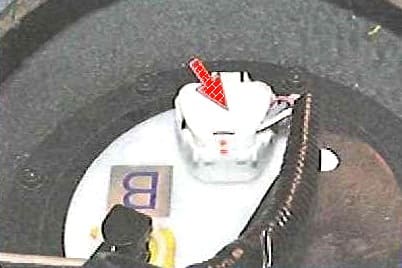
Turn off the fuel pump by disconnecting the wiring harness block from it
Connect the negative battery terminal
Start the engine and let it run until the engine stops
Turn off the ignition. Now there is no fuel pressure in the fuel rail.
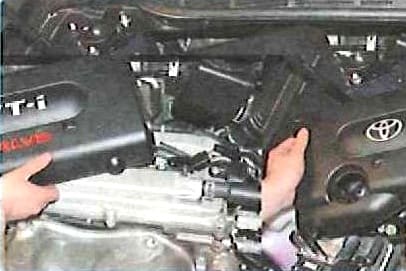
Remove the decorative engine cover
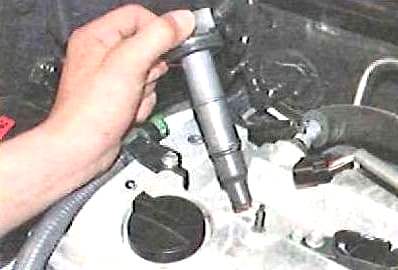
Remove the ignition coils from the spark plugs

Unscrew all the candles
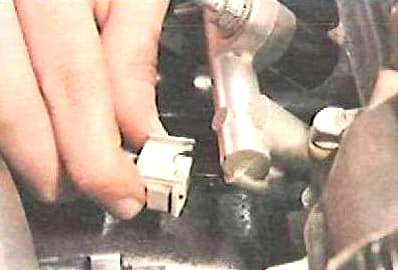
Disconnect the wiring harness pads from the fuel injectors
We screw or insert a compression gauge into the spark plug hole of the cylinder to be checked
The assistant presses the gas pedal all the way so that when the crankshaft is turned by the starter, the throttle valve is fully opened in the engine cylinder purge mode
Turn on the starter and turn the engine crankshaft until the pressure in the cylinder stops increasing.
This equates to about four compression cycles
To obtain correct compression gauge readings, the crankshaft must rotate at a speed of 180-200 min-1, or higher, but not more than 350 min-1.

Recording the readings of the compression meter
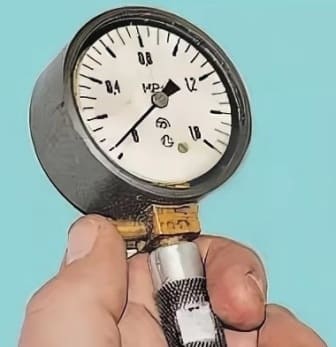
After that, set the arrow to zero by pressing the air release valve
Repeat operations for the remaining cylinders
The pressure should not be lower than 1.36 MPa (13.6 kgf/cm 2) and should not differ in different cylinders by more than 0.1 MPa
Lower compression in individual cylinders can occur:
- - as a result of a loose fit of the valves in the saddles;
- - damage to the cylinder head gasket;
- - breakage or burnout of piston rings.
Lower compression in all cylinders indicates worn piston rings
To find out The reason for insufficient compression is to fill the cylinder with reduced compression with 20 ml of clean engine oil and re-measure the compression
If the compression gauge readings increase, the probable malfunction of the piston rings
If the compression remains unchanged, it means that the valve plates do not fit snugly against their seats or the cylinder head gasket is damaged
The cause of insufficient compression can also be found by supplying compressed air to the cylinder in which the piston is pre-set at TDC on the compression stroke.
To do this, remove the tips from the compression tester and attach the compressor hose to it.
Insert the tip into the spark plug hole and inject air into the cylinder at a pressure of 0.2-0.3 MPa.
To prevent the engine from spinning, engage a higher gear and apply the parking brake to the vehicle.
The exit (leakage) of air through the throttle assembly indicates a leak in the intake valve, and through the muffler - a leak in the exhaust valve.
If the cylinder head gasket is damaged, air will escape through the neck of the expansion tank in the form of bubbles or into the adjacent cylinder, which is detected by a characteristic hissing sound










